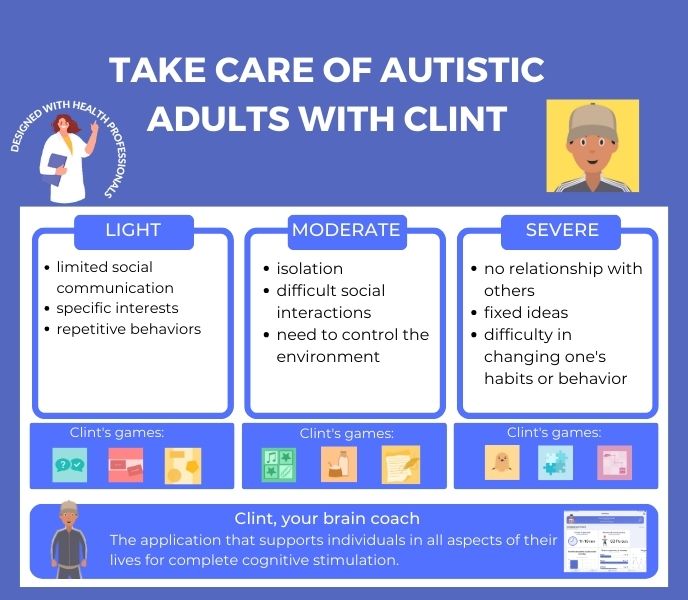In today’s digital age, an array of resources is available to cater to the diverse needs of autistic learners. From specialized apps and interactive software to sensory-friendly educational materials, the options are vast and evolving. However, navigating through this abundance can be overwhelming for parents, caregivers, and educators seeking the most effective solutions for their children or students. Thus, understanding the landscape of available resources becomes paramount in facilitating holistic support and maximizing the potential of autistic children in educational settings.
Sensory-Friendly Learning Tools for autistic children
Sensory-friendly learning tools encompass a range of resources designed to accommodate the unique sensory needs of autistic children, enhancing their educational experience. Interactive sensory toys offer tactile, auditory, and visual stimulation, promoting engagement and sensory exploration while facilitating learning. These toys provide a hands-on approach to learning, allowing children to interact with their environment in a safe and supportive manner. Sensory-friendly apps and games leverage technology to deliver educational content in a manner that is accessible and engaging for autistic learners, often incorporating features such as customizable settings and calming visuals.
Additionally, adaptive learning materials adapt to the individualized needs of each child, offering flexibility and personalized support in various educational settings. Together, these sensory-friendly tools create inclusive learning environments where autistic children can thrive and reach their full potential.
Visual Supports and Communication Aids
Visual supports and communication aids play a pivotal role in enhancing communication and fostering independence for individuals with autism spectrum disorder. Picture schedules and visual timetables offer a structured way to organize daily activities and routines, providing predictability and reducing anxiety. These visual tools enable individuals to understand and anticipate what will happen next, promoting smoother transitions and increasing autonomy. Augmentative and alternative communication (AAC) devices serve as vital communication aids for non-verbal or minimally verbal individuals, facilitating expressive communication through symbols, pictures, or speech output.
Social stories and visual cue cards offer tailored narratives and visual prompts to teach social skills and navigate social situations, empowering individuals to comprehend and engage in various social interactions effectively. By incorporating these visual supports and communication aids, individuals with autism can enhance their communication abilities and participate more fully in everyday activities and social interactions.
Assistive Technology for Learning
Assistive Technology in Education:
- Assistive technology has transformed the learning experience for individuals with diverse learning needs, including those with autism spectrum disorder (ASD).
- Speech-to-text and text-to-speech software offer invaluable support by facilitating the conversion of spoken language into written text and vice versa, accommodating various learning styles and abilities.
Benefits of Educational Apps:
- Educational apps – such as Coco Thinks & Coco Moves – tailored for specific skill development provide interactive and engaging learning opportunities;
- These apps target areas such as communication, social skills, and academic subjects, offering personalized support to learners with ASD.
Specialized Computer Programs:
- Specialized computer programs address specific learning challenges, such as difficulties with reading or mathematics.
- These programs offer personalized instruction and scaffolding to enhance understanding and mastery of academic concepts.
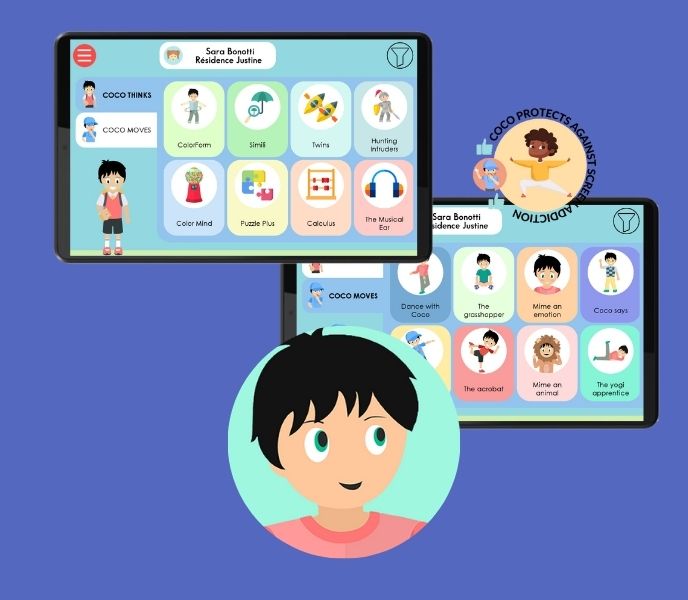
Social Skills Development Resources
Social skills development resources provide invaluable support for individuals with autism spectrum disorder, helping them navigate social interactions and cultivate meaningful relationships. Social skills training programs offer structured instruction in various aspects of social communication, such as initiating conversations, interpreting nonverbal cues, and managing emotions. Role-playing games and activities provide opportunities for practical application and rehearsal of social skills in a safe and supportive environment, allowing individuals to practice and refine their abilities through simulated interactions.
Additionally, peer mentoring and support groups offer opportunities for individuals to connect with others who share similar experiences, providing mutual support, understanding, and encouragement. By utilizing these tools and resources for autistic children, they can develop essential social skills, build confidence, and enhance their ability to engage successfully in social interactions and relationships.
Individualized Education Plans (IEPs) and Accommodations
Individualized Education Plans (IEPs) and accommodations are essential components of supporting students with autism spectrum disorder (ASD) in educational settings. Understanding the IEP process is crucial for parents, educators, and students alike, as it involves identifying the student’s unique strengths, challenges, and learning goals, as well as outlining the supports and services they require to succeed academically and socially. Implementing accommodations tailored to the student’s individual needs is key to ensuring access to the curriculum and promoting learning.
These accommodations may include modifications to the learning environment, instructional materials, or teaching strategies to address sensory sensitivities, communication preferences, or executive functioning challenges. Collaborating with educators and specialists fosters a team approach to supporting the student, allowing for ongoing communication, problem-solving, and adjustment of strategies as needed to optimize the student’s learning and well-being. Through effective implementation of IEPs and accommodations and collaborative teamwork, students with ASD can receive the individualized support they need to reach their full potential in school.
Applied Behavior Analysis (ABA) Tools for autistic children
Applied Behavior Analysis (ABA) tools are instrumental in supporting individuals with autism spectrum disorder (ASD) in developing and mastering new skills, managing behaviors, and achieving their goals. Reinforcement systems and token boards provide structured methods for reinforcing desired behaviors through rewards or tokens, promoting positive reinforcement and motivation.
Data collection apps offer convenient and efficient ways to track progress, collect behavioral data, and analyze trends over time, allowing for evidence-based decision-making and adjustments to intervention strategies. Additionally, behavior management apps and tools provide strategies and techniques for addressing challenging behaviors, such as visual schedules, social stories, and relaxation exercises, empowering individuals with ASD and their caregivers to effectively manage behaviors and promote positive outcomes. By incorporating these ABA tools into interventions and daily routines, individuals with ASD can receive targeted support and maximize their potential for success and growth.
Multi-Sensory Learning Materials
Tactile learning resources for autistic children
Tactile learning resources engage the sense of touch to enhance the learning experience for students. These materials include textured objects, manipulatives, and sensory bins filled with materials like sand or rice. By interacting with tactile learning resources, students with autism spectrum disorder (ASD) can explore concepts through hands-on experiences, reinforcing learning through sensory input and promoting better retention and understanding.
Audio-based educational materials
The audio-based educational materials utilize auditory stimuli to deliver information and instructions to learners. These materials may include audiobooks, podcasts, and recorded lectures. For individuals with ASD who may benefit from auditory learning or struggle with reading comprehension, audio-based educational materials offer an alternative way to access content and engage with learning. By listening to audio resources, students can strengthen listening skills, improve language comprehension… in a format that suits their learning preferences and abilities.
Kinesthetic learning tools and activities
Activities involving physical movement and hands-on experiences to facilitate learning like kinesthetic learning tools and activities can be good for autistic children. Indeed, these activities may include interactive games, role-playing exercises, and experiential learning tasks. For students with ASD who thrive on movement and sensory input, kinesthetic learning tools and activities provide opportunities to actively engage with learning material, promoting better understanding and retention. By incorporating kinesthetic elements into lessons, educators can cater to the diverse learning needs of students with ASD and create dynamic, engaging learning experiences that support their academic and developmental goals.
Adaptive Learning Environments
Adaptive learning environments are essential for catering to the diverse needs of students, including those with autism spectrum disorder (ASD). Flexible seating options offer students the freedom to choose seating arrangements that best suit their individual preferences and sensory needs, promoting comfort and focus during learning activities. Calming sensory spaces within classrooms provide a retreat for students to regulate their sensory experiences and manage overwhelming stimuli, fostering a conducive environment for learning and emotional well-being. Personalized learning stations allow students to engage with material at their own pace and in ways that align with their unique learning styles and strengths, promoting autonomy and self-directed learning. By incorporating these tools and resources for autistic children into classrooms, educators can create inclusive environments that support the diverse needs of all students, including those with ASD, and optimize their learning experiences.
Parent and Caregiver Support Resources for autistic children
- Workshops and Training Programs:
- Offer opportunities for parents and caregivers to gain insights into ASD;
- Provide effective parenting techniques and skills to support their child’s development and well-being.
- Online Support Forums and Communities:
- Provide a platform for parents to connect with others facing similar challenges;
- Offer a supportive environment for sharing experiences, exchanging advice, and accessing resources.
- Parenting Books and Guides:
- Tailored to autism education, offering comprehensive information and practical tips;
- Give evidence-based strategies for addressing various aspects of ASD, empowering parents to advocate for their child’s needs.
Through these support resources, parents and caregivers can find the guidance, encouragement, and practical strategies needed to navigate the complexities of raising a child with ASD effectively.
Educational Websites and Online Platforms
Educational websites and online platforms offer a wealth of resources and opportunities for individuals with autism spectrum disorder (ASD) to access tailored educational content and support. Specialized educational websites cater specifically to the needs of autistic learners, providing interactive activities, visual aids, and customizable learning materials designed to accommodate diverse learning styles and preferences. Online courses and tutorials tailored for autism education offer structured learning experiences that cover a range of topics, including behavior management strategies, communication skills development, and academic support techniques.
Additionally, virtual learning environments and simulations provide immersive learning experiences that allow individuals with ASD to practice real-life scenarios in a safe and controlled setting, promoting skill acquisition and generalization. Through these educational websites and online platforms, individuals with autism can access personalized learning opportunities that support their unique needs and empower them to reach their full potential.
The landscape of educational tools and resources for individuals with autism spectrum disorder (ASD) offers a diverse array of options to support their learning and development. From sensory-friendly materials and assistive technologies to social skills programs and parent support resources, there is a wealth of resources available to meet the unique needs of individuals with ASD.
Importantly, the effectiveness of these tools often hinges on their individualized application, recognizing and addressing the specific strengths, challenges, and preferences of each learner. By embracing individualized approaches, educators, caregivers, and individuals with ASD can harness the full potential of these resources to foster meaningful learning experiences and promote overall well-being. Moving forward, continued exploration and utilization of these resources are essential, as ongoing innovation and research offer new opportunities to enhance education and support for individuals with ASD.
Through collaborative efforts and a commitment to individualized support, we can create inclusive learning environments where individuals with autism can thrive and achieve their goals. Using these top educational tools and resources for the autistic children can be very helpful for them in their daily life.
AND FOR FURTHER INFORMATION
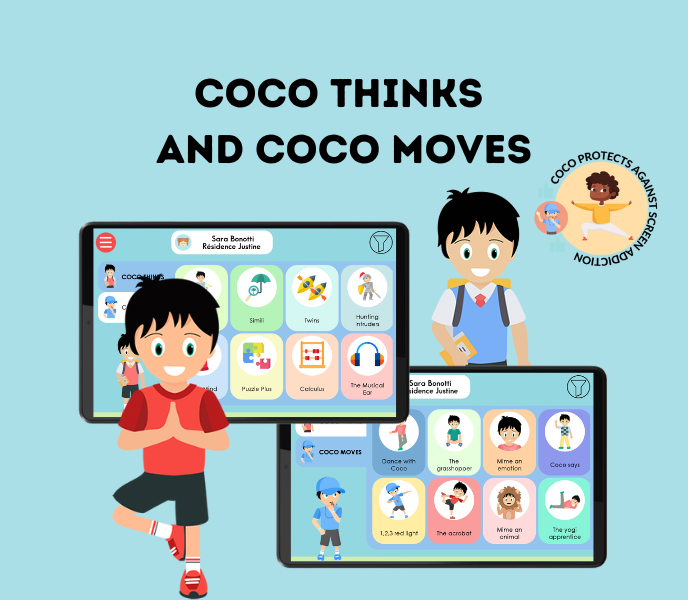
COCO, FOR AUTISTIC CHILDREN
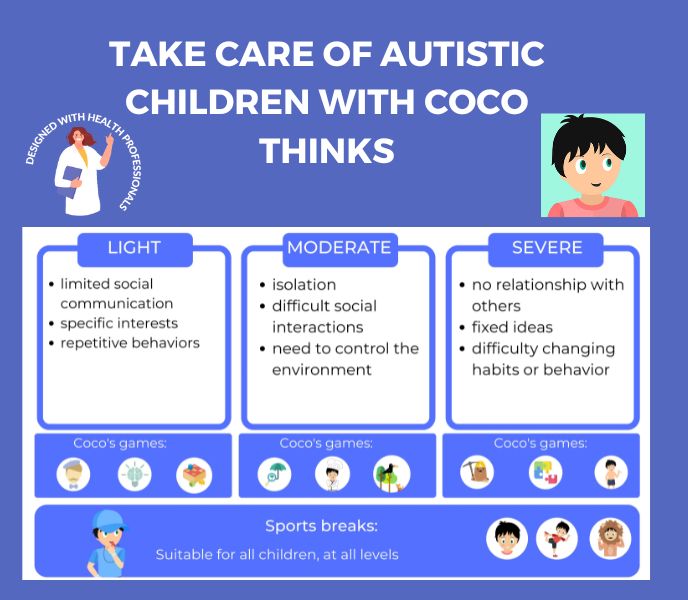
CARING FOR AN AUTISTIC CHILD
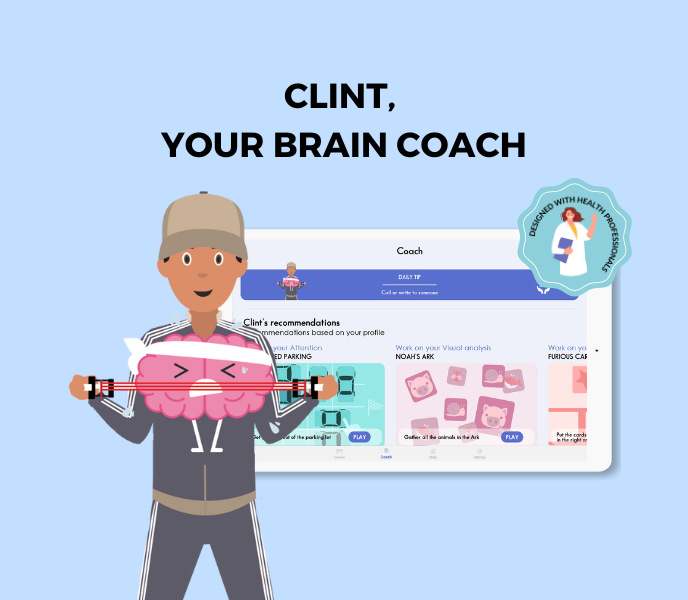
CLINT, FOR AUTISTIC ADULTS
Other articles that might interest you:
How Parents Can Contribute to Teacher Training
As we delve into the realm of education, it becomes increasingly clear that teacher training is not merely a...
Differentiated Instruction Approaches: Training and Practical Application
Differentiated instruction is a pedagogical approach that recognizes the diverse needs of students in a classroom. It...
Key Skills Teachers Need to Support Students with Special Needs
As we embark on our journey to support children with special needs, it is essential for us to cultivate a deep...


